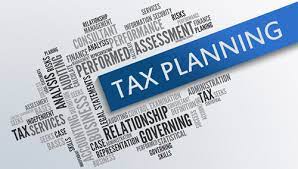TAX PLANNING
TAX PLANNING
tax-planning tips for salaried people
with the tax-planning season about to end, most individuals are rushing around to make investments to minimise their tax liability. It has been observed that individuals (often salaried ones) end up paying more taxes than they are obligated to.
While the lack of sufficient time to conduct the tax-planning exercise is a reason, largely, this can be attributed to lack of awareness about different incentives, allowances, and rebates under the Income Tax Act. Apart from the Section 80C deductions which are quite popular, there are various other sections which can help salaried individuals save taxes.
We believe there is a need for salaried individuals to devote adequate time and effort to the tax planning exercise and be aware of the various benefits that they can avail of. In this article, we present 5 tax-planning tips that can aid salaried individuals minimise their tax liability.
1. Utilise the entire Section 80C deduction
Under Section 80C, the maximum deduction available is Rs 100,000 pa. Ideally, salaried individuals whose gross total income is equal to or more than Rs 250,000 should utilize the entire Rs 100,000 limit.
Consider the case of an individual whose taxable income is Rs 600,000 and who only utilizes half of the available Rs 100,000 limit. He would end up paying an additional tax of Rs 15,450 as opposed to an individual with the same taxable income but has utilized the entire limit.
Also, at times, individuals make investments of over Rs 100,000 in Section 80C designated avenues, since they fail to understand that the benefits are capped. For example, despite making investments of Rs 70,000 in Public Provident Fund and Rs 40,000 in ELSS, the amount eligible is only Rs 100,000.



